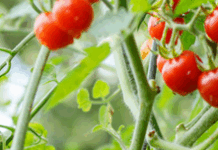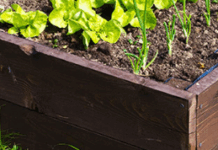Most people who are active in caring for their lawns and landscaped plants are aware of (and concerned about) the decline of insect pollinators, such as certain types of bees and butterflies, that has occurred over the past couple of decades. Regarding the economic importance of pollinators, a recent government report stated that “honey bees enable the production of at least 90 commercially grown crops in North America . . . [and that] native wild pollinators, such as bumble bees and alfalfa leafcutter bees, also contribute substantially to the domestic economy.”
Reasons for the diminishing numbers of honey bees include combinations of habitat loss, parasites (such as mites), diseases (including bacteria and viruses), and pesticide exposure. Even sublethal exposures to pesticides can negatively impact insect pollinators in many ways, such as negatively affecting their orientation and feeding behaviors, ability to reproduce, and increase their susceptibility to diseases.
For pollinator conservation, the most important thing a homeowner can do is tonot apply pesticides to plants with open flowers. Additionally, to encourage pollinator presence a homeowner should plant a variety of plants with different bloom colors and shapes that flower at different times throughout the growing season. This will provide continuous food (nectar and pollen) sources and nesting habitats for many types of insect pollinators.
When utilizing turfgrass insecticides, several practical measures for protecting pollinators and other beneficial insects should be implemented. For example:
- Mow all areas before applying insecticides. This will remove most of the weed flowers, and it will reduce bee foraging in insecticide treated areas.
- Apply insecticides in the early morning or late evening when bees are less likely to be actively foraging (or when the air temperature is below 55°F).
- Use buffer strips between treated turf areas and landscape beds.
- Consider using spot treatments rather than broadcast applications.
- Whenever possible, use insecticides that are less toxic to bees.
It should be remembered that insecticide use should be the last resort in managing insect pests. We all want to maintain the visual appeal of our yards and landscapes, but most insect species found feeding on our flowers, ornamentals and turf are not harmful to the plant, and their presence in low densities should be tolerated. Both homeowner and commercial use of insecticides should involve careful, responsible, and prudent applications of compounds that are toxic to beneficial insects. Beginning in 2014, some pesticide labels started to feature a “pollinator protection box” (or bee icon) that will alert applicators about specific use restrictions found in the directions that apply to the product’s use in order to protect bees and other insect pollinators.




